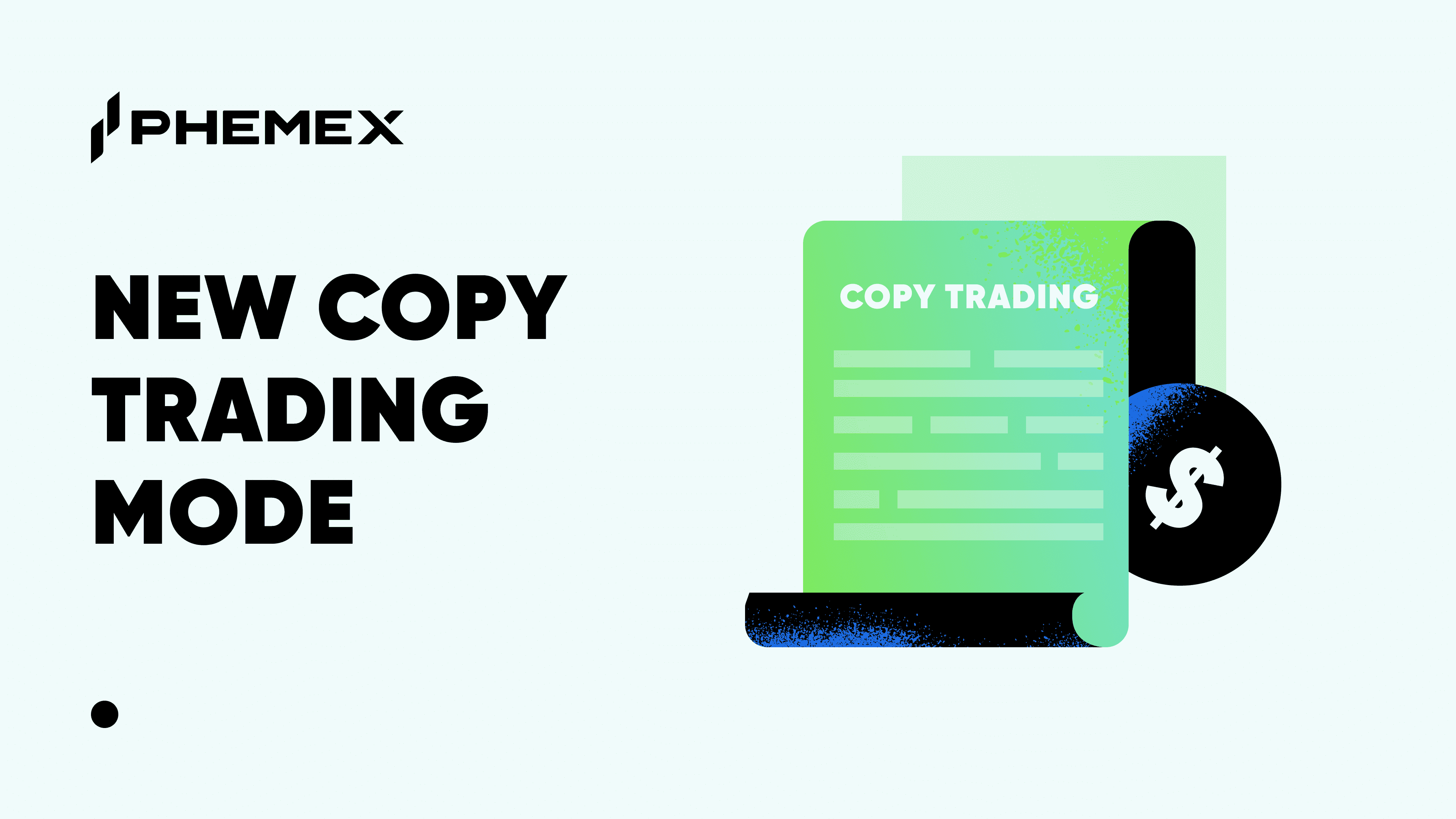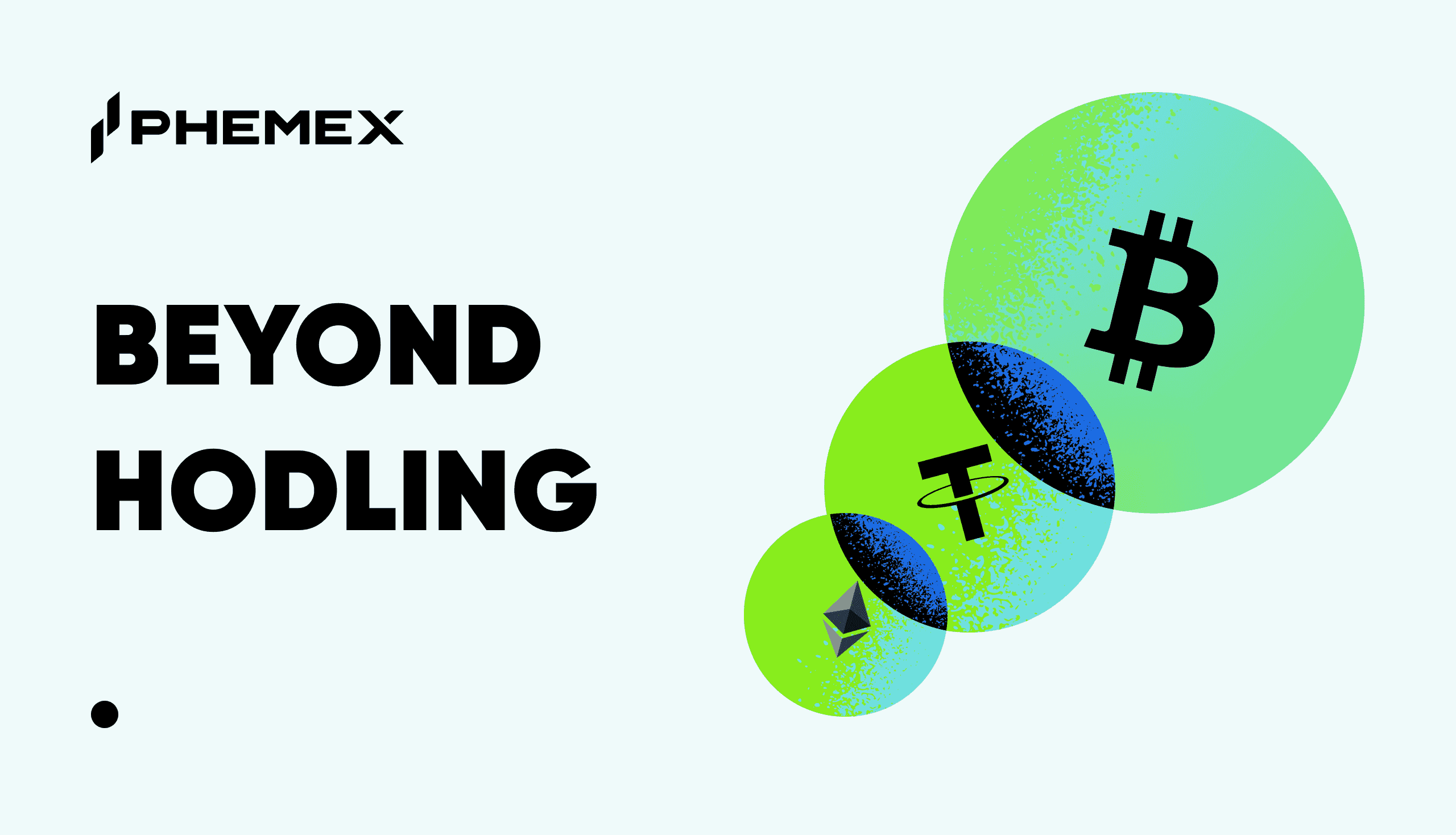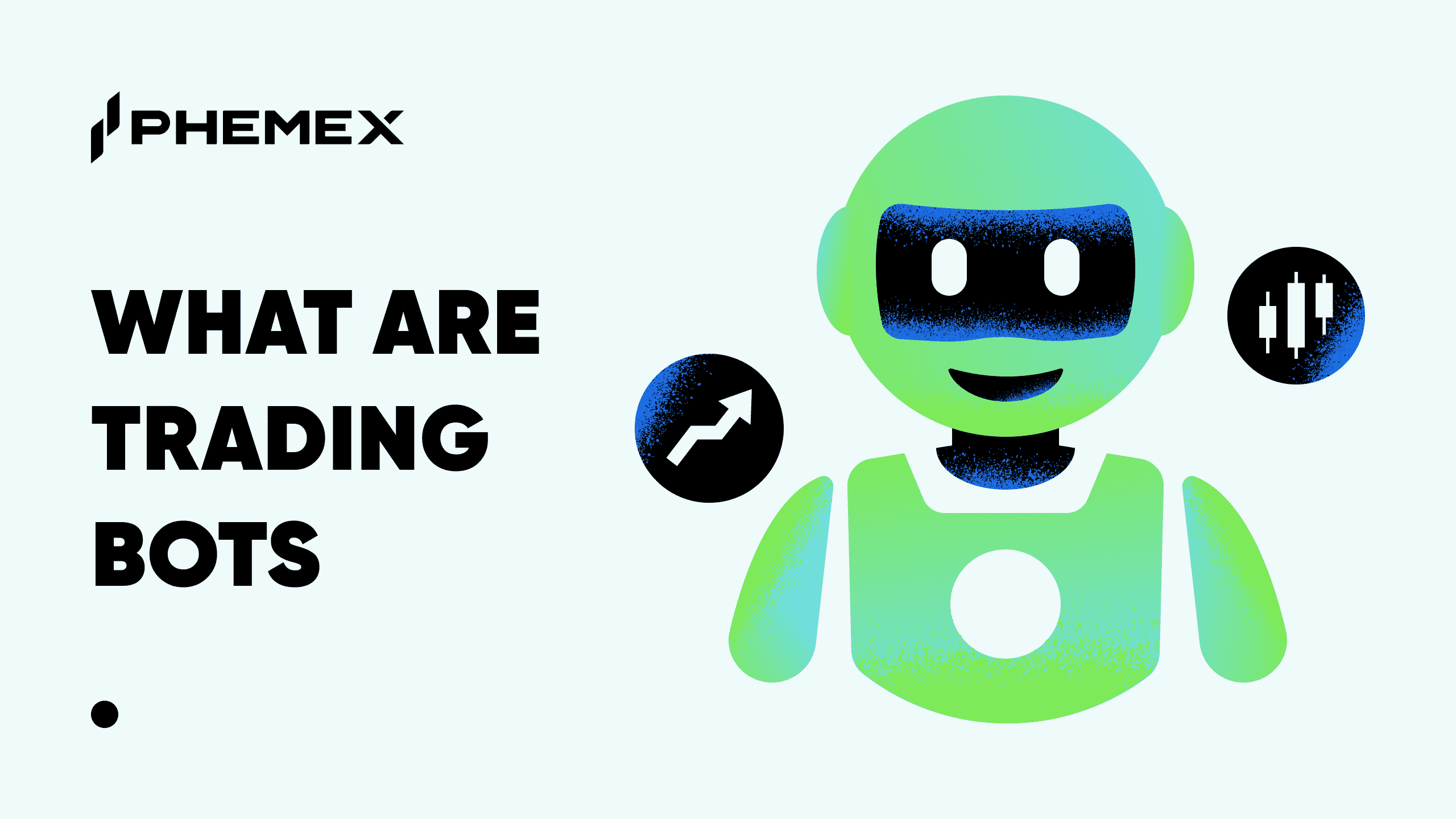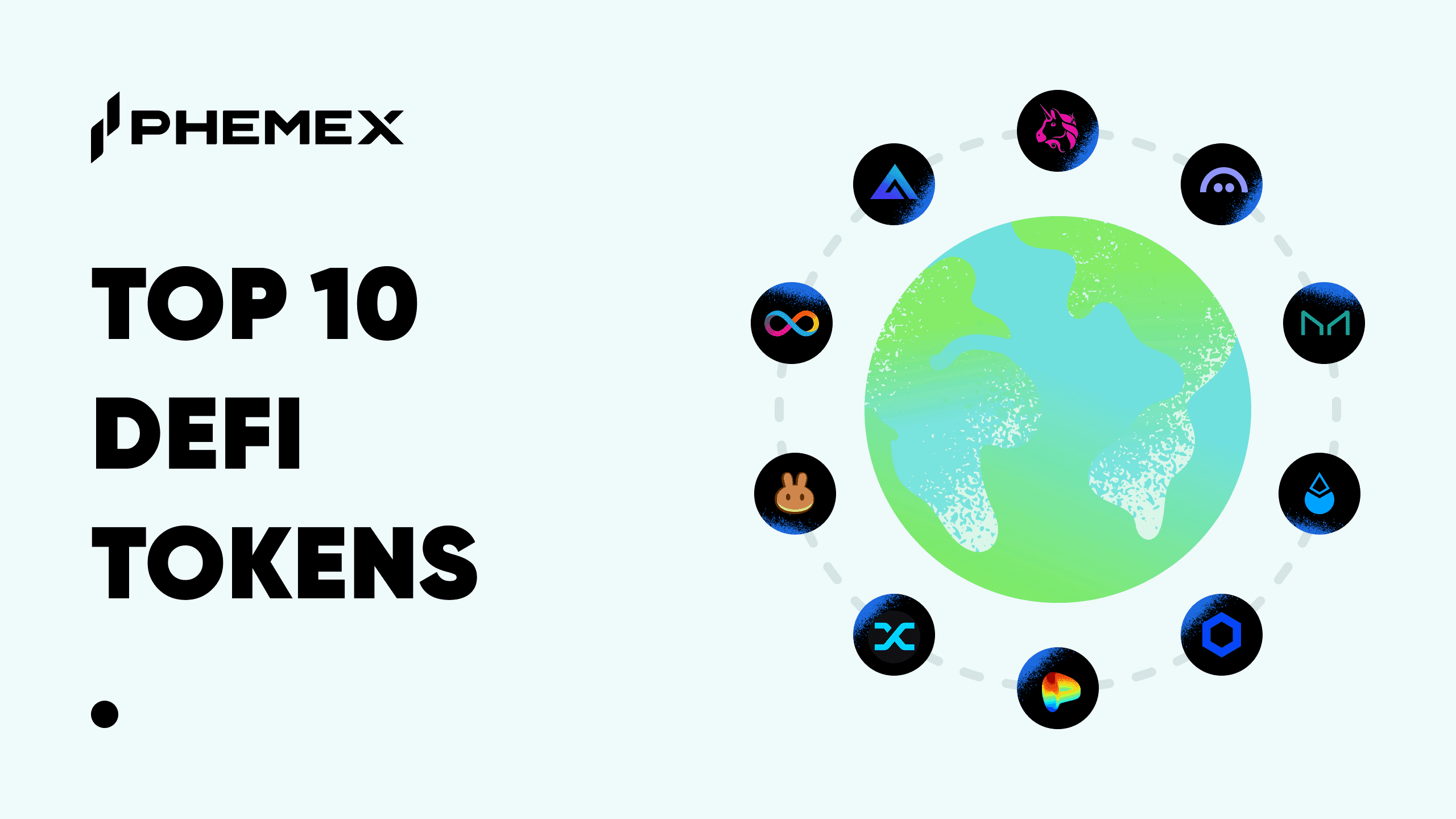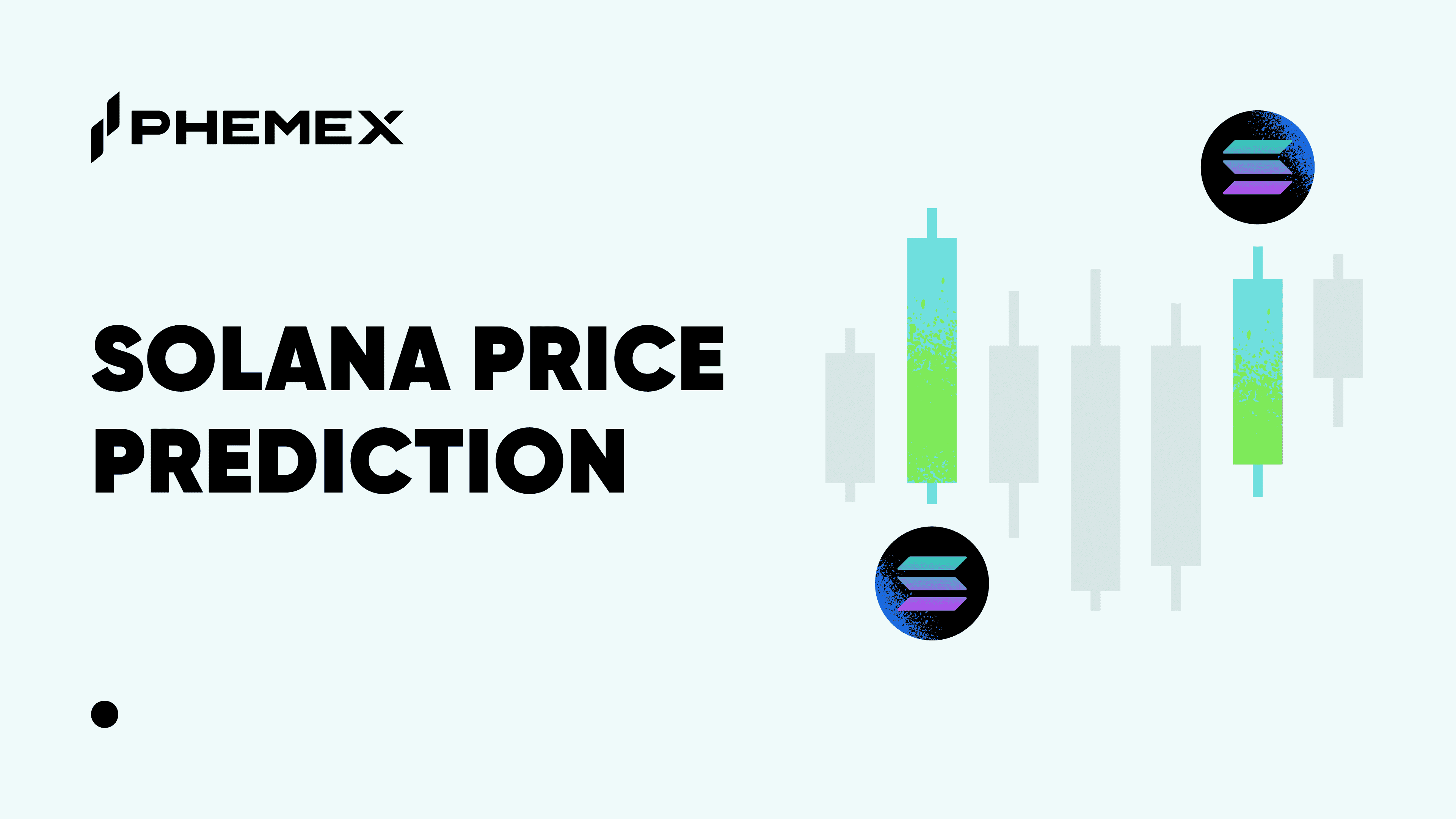
The rise of globalization, functional distinction, and technical specialization have led to an increase in the decentering, horizontalization, and ultimately networking of governance processes and procedures. For instance, the idea of DAOs (Decentralized Autonomous Organizations), brought forth by the proliferation of blockchain technology, is evidence that our future way of life may be increasingly decentralized.
Roles in decentralized network governance vary depending on the structure and relationships of the network. This means that power dynamics between participants must be carefully taken into consideration when allocating governance responsibilities, rights, and obligations. Otherwise decentralization just becomes a fancy moniker to disguise centralization. Mechanisms for governance must be adaptable. This article will mainly focus on the development of a suitable governance model that ensures fair decision-making while still being efficient and productive.
Decentralization, Transparency, and Web3 Society
The ethos of decentralization is the spread of power and control away from a central authority or agency. In the framework of the internet, decentralization involves designing systems that are not reliant on a single node or institution, but instead run on a distributed network of nodes.
Similarly, Web3 is a concept for an evolution of the internet based on decentralized, open-source technologies like the blockchain, which uses encryption to secure and verify each transaction. With Web3, people will have more control over their data and privacy on the internet and it will be more open, transparent, and safe.
Centralization vs Decentralization: How about Semi-Centralized?
The argument that the blockchain ledger eliminates the requirement for a reliable third party in the execution of contracts is frequently emphasized. This does not imply that no human involvement is necessary for the system to operate. The rules regulating the blockchain itself and any changes to the system must be agreed upon and implemented by its members, even if the execution of transactions and smart contracts on it is automated. Furthermore, a fully decentralized model might sound most fair but it can prove to be highly inefficient and tedious because every participant must verify before the system moves forward. The fundamental trade-offs that traditional organizations face also apply to any DAO blueprint.
To combine the advantages of decentralized and centralized governance models and alleviate their negatives, Phemex is testing an innovative new model: semi-centralized management. It is a component of a larger Web3 environment that increases the standard for the consumer experience. For instance, Phemex DAO facilitates distributed decision-making in which a growing community of developers, partners, and stakeholders can all propose and vote. As an autonomous DAO that oversees the platform’s treasury management, operations, growth, and partnerships, the Phemex DAO represents the transparency that decentralized elements can bring. However, once a decision is actually made in this decentralized manner, Phemex can implement it quickly and effectively because the exchange has a centralized internal team that can efficiently execute. By incorporating decentralized decision-making with centralized execution, Phemex combines the best of both worlds and improves its reputation as one of the best crypto exchanges.
Via this new hybrid exchange model, Phemex wants to enable our users to actively participate in the community and share in the rewards. We are devoted to achieving this vision of a more equitable and open Web3 future through supporting transparency and community engagement while simultaneously keeping security at a high-standard.





